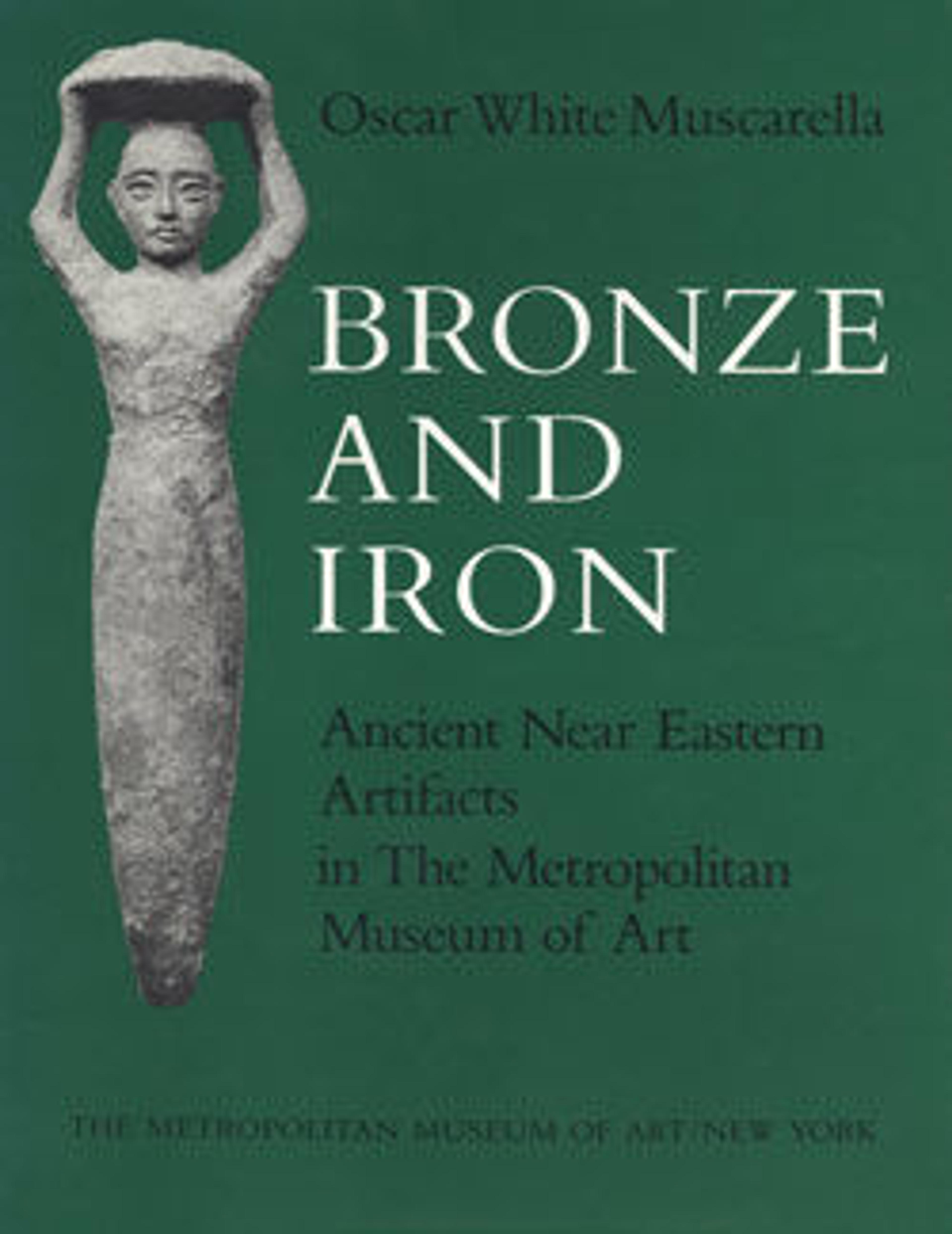Plaque fragment with chariot scenes inscribed with the Urartian royal name Argishti
This fragment is decorated with two identical royal or religious processions, a typical stylistic and iconographic representation. What the footmen carry remains unknown. The Urartian cuneiform inscription above the top panel reads: "From the arsenal of Argishti."
Artwork Details
- Title: Plaque fragment with chariot scenes inscribed with the Urartian royal name Argishti
- Period: Iron Age III
- Date: ca. 713–679 BCE
- Geography: Urartu
- Culture: Urartian
- Medium: Bronze
- Dimensions: 5 15/16 × 3 9/16 × 1/16 in. (15.1 × 9 × 0.2 cm)
- Credit Line: Rogers Fund, 1976
- Object Number: 1976.5
- Curatorial Department: Ancient West Asian Art
More Artwork
Research Resources
The Met provides unparalleled resources for research and welcomes an international community of students and scholars. The Met's Open Access API is where creators and researchers can connect to the The Met collection. Open Access data and public domain images are available for unrestricted commercial and noncommercial use without permission or fee.
To request images under copyright and other restrictions, please use this Image Request form.
Feedback
We continue to research and examine historical and cultural context for objects in The Met collection. If you have comments or questions about this object record, please contact us using the form below. The Museum looks forward to receiving your comments.
